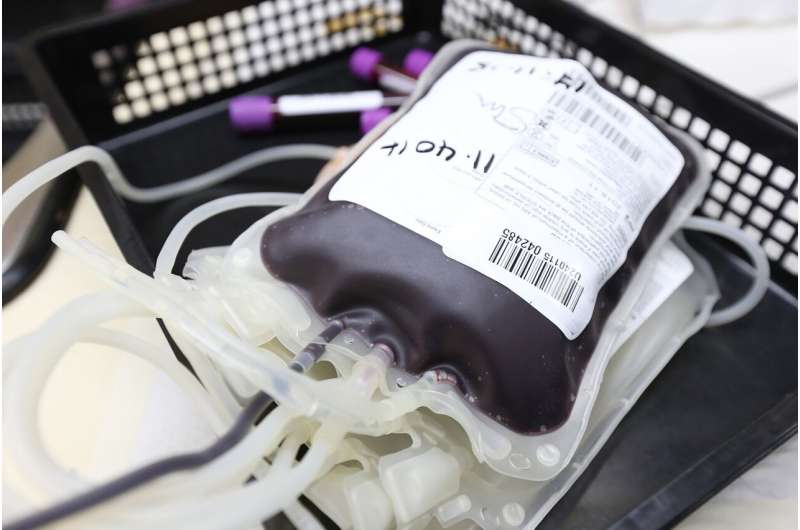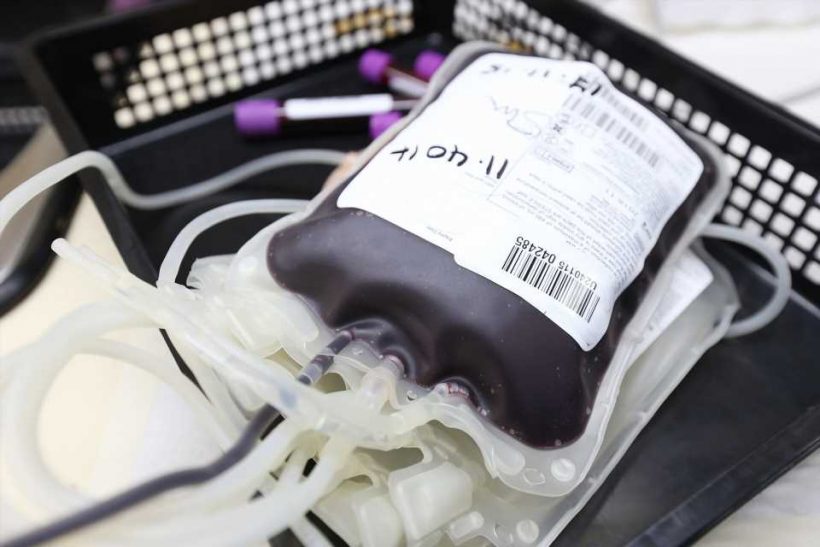
In a new paper, researchers from University Hospitals (UH) detail how they used data via a dashboard to decrease the use of packed red-blood cell (pRBC) transfusions and platelets with an increase in appropriate transfusions.
Their paper appears in the Physician Leadership Journal.
Lead author Jennifer Dawson, MBA, MSN, RN, says that they “hypothesized that use of an evidence-based transfusion algorithm considering patient specific criteria would raise awareness that would lead to a decrease in pRBC and platelets use, while improving appropriate use.” Dawson is an operations engineer and high-reliability medicine strategist at UH.
The researchers developed a transfusion appropriateness algorithm (TAA) to analyze blood transfusions for all adult patients at a tertiary academic medical center. A multidisciplinary specialist panel of more than 30 participants was assembled to review current literature and existing practice guidelines to define clinical criteria for appropriate transfusion; with evidence suggesting that such a team approach enhances patient safety.
All collected data were then aggregated into a dashboard presenting the lab thresholds for each blood component alongside the appropriateness score derived from the TAA. The dashboard was created over the course of a year beginning in 2017, then tested and refined in 2018. It was implemented in 2019. The application housed multiple reports and allowed for reviewing the provider or patient lists for comparison or further study. A consolidated report for each patient encounter showed individual transfusion data across time, including each provider who prescribed the treatments.
The authors found a decrease in pRBC and platelet transfusions: 46,835 pRBC transfusions occurred in total, decreasing from 24,607 to 22,228 between groups, and 15,132 platelet transfusions, decreasing from 7,989 to 7,143 between groups. Transfusion of pRBC decreased from a mean 2,051 (±109) to a mean 1,852 (±89) units per month (p = <.001) with a mean difference of 198 [CI = 114, 283]. Platelet transfusions decreased from a mean 665 (±105) to a mean 595 (±47) units per month (p = .025) with a mean difference of 71 [CI = 13, 140].
The measure of appropriateness increased for both pRBC and platelets. The appropriate percent of pRBC increased from a mean .67 (± .03) to a mean .81 (± .02) per month (p = < .001) with a mean difference of − .14 [CI = − .16, − .12]. The appropriate percent of platelets increased from a mean .69 (± .04) to a mean .73 (± .03) per month (p = < .022) with a mean difference of − .04 [CI = − .07, − .01].
The types of hospital patient encounters remained stable averaging 41 percent surgical, 26 percent medical, 18 percent oncology, and 15 percent obstetric. Patient outcomes remained stable while transfusions decreased. The 12-month direct cost of pRBC and platelet transfusions decreased by $2.5 million.
“Our findings demonstrate a significant reduction in transfusions and cost savings following implementation of the dashboards without negatively impacting patient outcomes,” said lead investigator James Hill, Jr., MD, Chief Operating Officer and Critical Care Anesthesiologist at UH Parma Medical Center and Assistant Professor for the School of Medicine at Case Western Reserve University. Dr. Hill previously served at the System Medical Director of Transfusion Services and Blood Management and was the Chief of Trauma Anesthesiology at UH Cleveland Medical Center.
Source: Read Full Article
